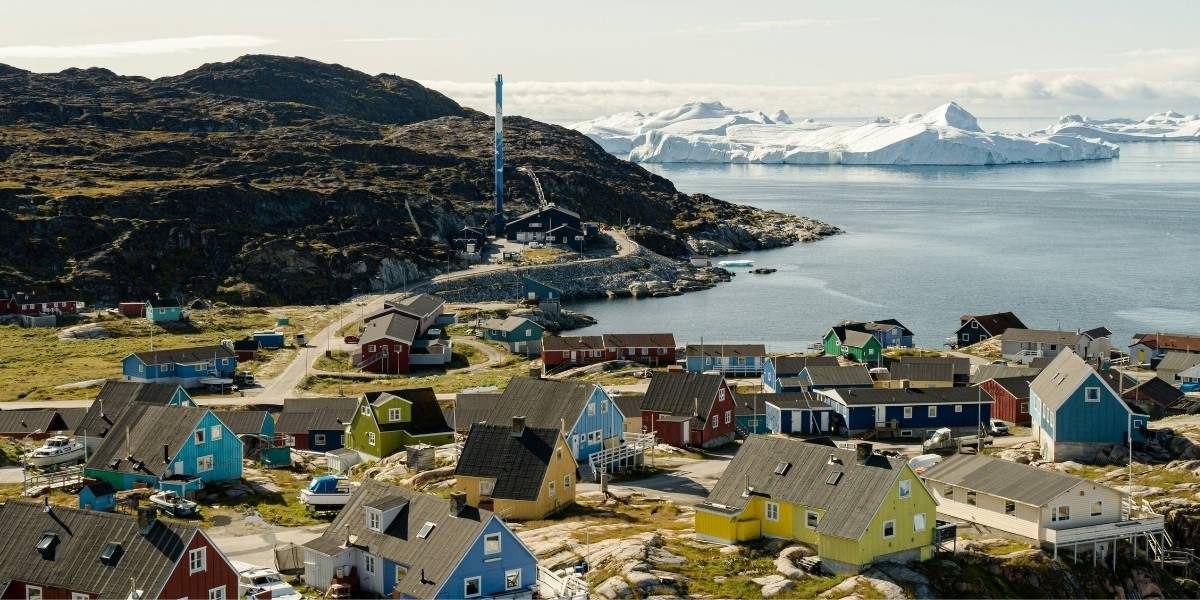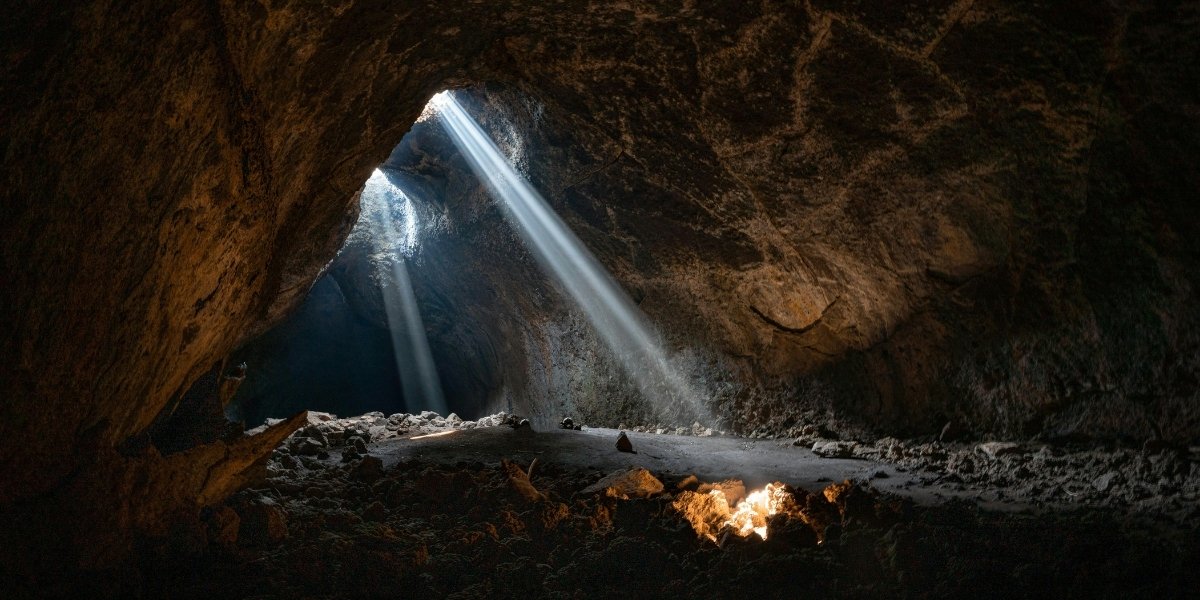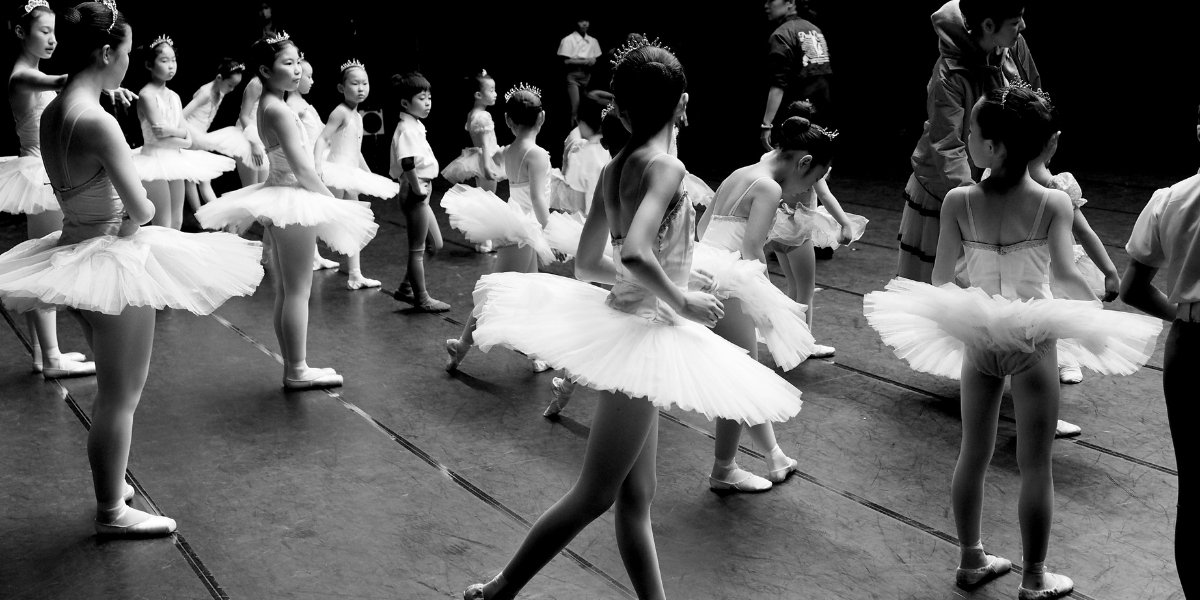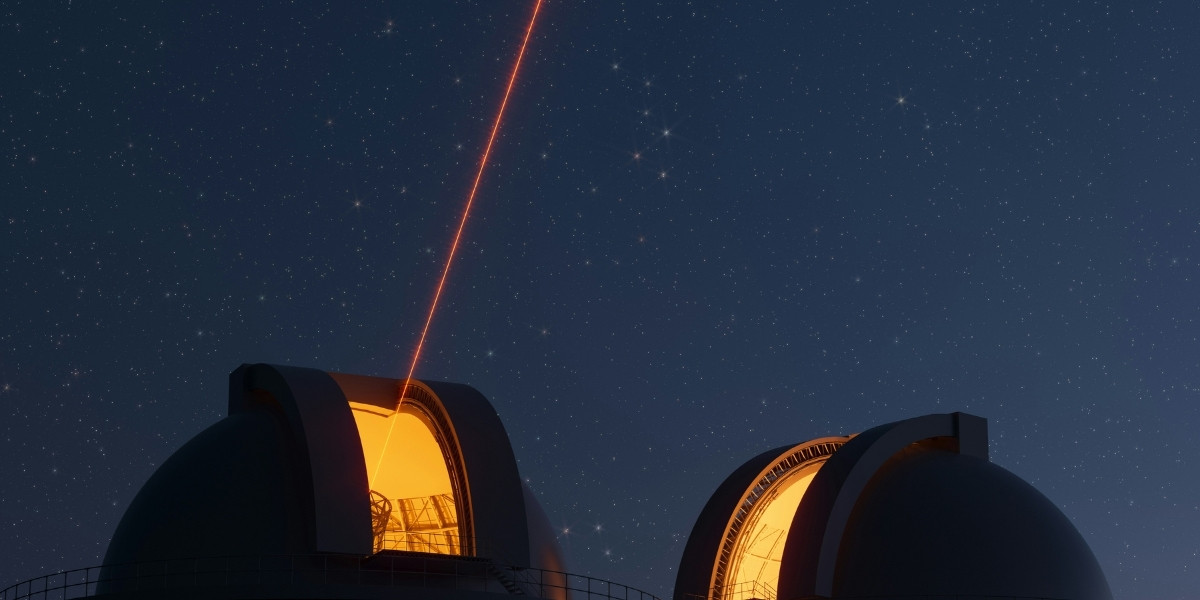Greenland: Unveiling the Arctic Frontier – A Comprehensive Exploration of Its Geography, Ecology, Culture, and Climate Change Impact
Greenland, the world’s largest island, sits at the edge of the Arctic Circle, a place where nature’s extremes shape life and landscape. Vast ice sheets, towering glaciers, and rugged coastlines create an environment both beautiful and formidable. Beyond its physical features, Greenland harbors rich indigenous cultures and plays a critical role in global climate dynamics. As climate change accelerates, this Arctic frontier faces profound transformation with worldwide implications. This article offers a detailed exploration of Greenland’s geography, ecology, cultural heritage, economic development, and the urgent challenges posed by environmental change.
Read Also: Earth Hour: A Global Movement for Climate Action
Greenland’s Geography: The Land of Ice and Fjords
Covering over 2.1 million square kilometers, Greenland is about four times the size of France, but much of it is covered by an immense ice sheet averaging over two kilometers thick. This ice mass influences not only local geography but also global sea levels. The Greenland Ice Sheet contains roughly 8% of the world’s freshwater, making it a vital component of Earth’s hydrological cycle.
The island’s terrain is dramatic. Its western and eastern coastlines are deeply indented with fjords carved by glaciers, dotted with icebergs calving from vast ice tongues. Mountainous regions rise sharply in places like the Watkins Range, home to Gunnbjørn Fjeld, Greenland’s highest peak.
Greenland’s climate varies from polar to subarctic, with long, dark winters and brief, cool summers. The polar night and midnight sun dominate its seasonal rhythm, shaping both human activity and ecosystems. The permafrost beneath much of the island further defines the land’s unique characteristics.
Ecology and Wildlife: Life Adapted to Arctic Extremes
Despite the harsh conditions, Greenland supports diverse and specialized ecosystems. Coastal tundra hosts hardy vegetation such as mosses, lichens, and low shrubs that withstand short growing seasons and freezing temperatures. These plants provide crucial habitats and food sources for wildlife.
Greenland is home to iconic Arctic animals, including polar bears, musk oxen, Arctic foxes, and reindeer. Marine life thrives in its surrounding seas, with seals, walruses, and various whale species like narwhals and bowheads adapting to icy waters. The island also attracts migratory birds, such as snow buntings and gyrfalcons, which nest during summer months.
The fragile ecosystems are closely linked to climatic conditions, making them highly sensitive to environmental change. Preserving biodiversity here is critical for ecological balance and the cultural practices of indigenous peoples.
Indigenous Culture and Society: The Heart of Greenland
Greenland’s population, around 56,000, is predominantly Inuit, descendants of the Thule culture that arrived centuries ago. Their culture is a profound expression of adaptation to the Arctic environment. Hunting, fishing, and seal skinning remain important for subsistence and cultural identity.
The Greenlandic language, Kalaallisut, is central to this heritage, preserving oral traditions, stories, and knowledge about the land and sea. Traditional crafts, music, and festivals celebrate this connection to nature and history.
Modern Greenland navigates a balance between preserving indigenous traditions and engaging with global society. Nuuk, the capital, exemplifies this fusion with contemporary institutions alongside traditional community life. Greenland enjoys autonomous governance within the Kingdom of Denmark, fostering political and cultural self-determination.
Climate Change and Its Impact on Greenland’s Environment
Greenland stands at the frontline of climate change. Rising global temperatures have accelerated ice sheet melting, contributing significantly to global sea level rise. Studies reveal that Greenland loses hundreds of billions of tons of ice annually, with some glaciers retreating at unprecedented rates. Melting ice alters ocean currents and weather patterns, affecting ecosystems both locally and globally. Thawing permafrost releases greenhouse gases, creating a feedback loop that intensifies warming.
For Greenland’s people, climate change threatens traditional ways of life. Changes in sea ice patterns affect hunting and fishing, while infrastructure faces risks from erosion and melting ground. However, warmer conditions have also extended growing seasons and opened new economic opportunities, sparking debates on development versus conservation.
Read Also: How Citizen Science Helps Monitor Sea Level Rise
Economic Development: Navigating Opportunity and Sustainability
Greenland’s economy is traditionally based on fishing and hunting, vital for local livelihoods and export revenue. Shrimp and halibut fisheries are particularly important. Interest in mineral resources, including rare earth elements, has grown as melting ice exposes deposits. Potential oil and gas exploration present both economic promise and environmental risks.
Tourism has expanded, drawing visitors eager to experience Greenland’s landscapes, wildlife, and culture. Sustainable tourism initiatives emphasize minimal environmental impact and authentic cultural engagement. Balancing economic growth with environmental stewardship and indigenous rights is a central challenge for Greenland’s policymakers and communities.
Greenland’s environmental changes have global repercussions. Sea level rise threatens coastal cities worldwide, and alterations in Arctic conditions influence weather far beyond the region. Scientific research conducted in Greenland advances understanding of climate systems and informs global policy. International cooperation is essential to address Arctic preservation and sustainable development. For Greenland, the future hinges on resilient adaptation, balancing tradition with innovation, and safeguarding its unique natural and cultural heritage.








